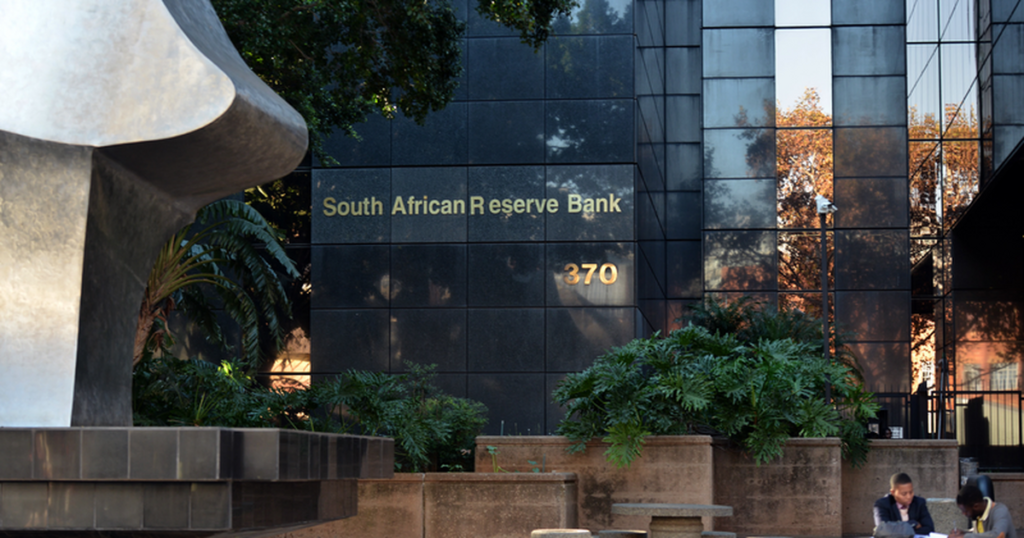South Africa Reports Primary Budget Surplus Amid Strict Fiscal Measures
In a significant development, South Africa—Africa’s most industrialized economy—recorded a primary budget surplus of 31.6 billion rand ($1.7 billion) for the fiscal year ending in March 2024. This marks approximately 0.4% of the nation’s gross domestic product (GDP). The achievement aligns precisely with the National Treasury’s forecast released in February, hinting at effective fiscal management amidst challenging economic times.
Context and Recent History
South Africa’s economy has long been plagued by high levels of public debt and frequent bailouts of state-owned enterprises (SOEs). The nation’s debt-to-GDP ratio has soared to 74.1%, significantly above the emerging-market average of 58.9%. High debt levels have caused concern among international investors, leading to heightened borrowing costs and hampering economic growth.
Rigid Fiscal Discipline
Finance Minister Enoch Godongwana has adhered to a strict policy stance regarding funding state-owned companies. According to data from the South African Reserve Bank’s Quarterly Bulletin, this surplus is due in part to lower non-interest expenditures, specifically a steep decline in payments for financial assets. The government has been particular about providing financial relief to SOEs like Transnet SOC Ltd., the state-owned ports and railways operator, only if they meet stringent recovery criteria and divest non-core assets.
In his February budget, Godongwana avoided new bailouts for state-owned firms, instead focusing on debt reduction and financial discipline. State power utility Eskom Holdings SOC Ltd., for example, saw reduced access to debt-relief funds after failing to meet the conditions tied to a previously granted 254 billion-rand package.
Investor Sentiment and Economic Implications
The announcement of the budget surplus could be a positive signal to wary investors who have steered clear of South African assets due to the country’s high debt levels and fiscal mismanagement. Currently, approximately one-fifth of South African revenue is devoted to servicing debt—a greater allocation than what is spent on essential services such as basic education, social protection, or healthcare, as reported by the Treasury in its February budget.
Future Fiscal Strategies
To further alleviate the debt burden, the Treasury plans to utilize the nation’s Gold and Foreign Exchange Contingency Reserve Account and introduce a new binding fiscal anchor. These measures aim to stabilize government debt, which is expected to level off at 75.3% of GDP by the 2025-26 fiscal year.
The resultant data showing a primary budget surplus is a testament to the disciplined approach adopted by the National Treasury and underscores the potential benefits of stringent fiscal management. This outcome may boost investor confidence and offer a roadmap for sustainable economic recovery in South Africa, laying the groundwork for more robust economic health in the foreseeable future.
For further details, you can refer to the original report on Bloomberg.
[Source: Bloomberg]
